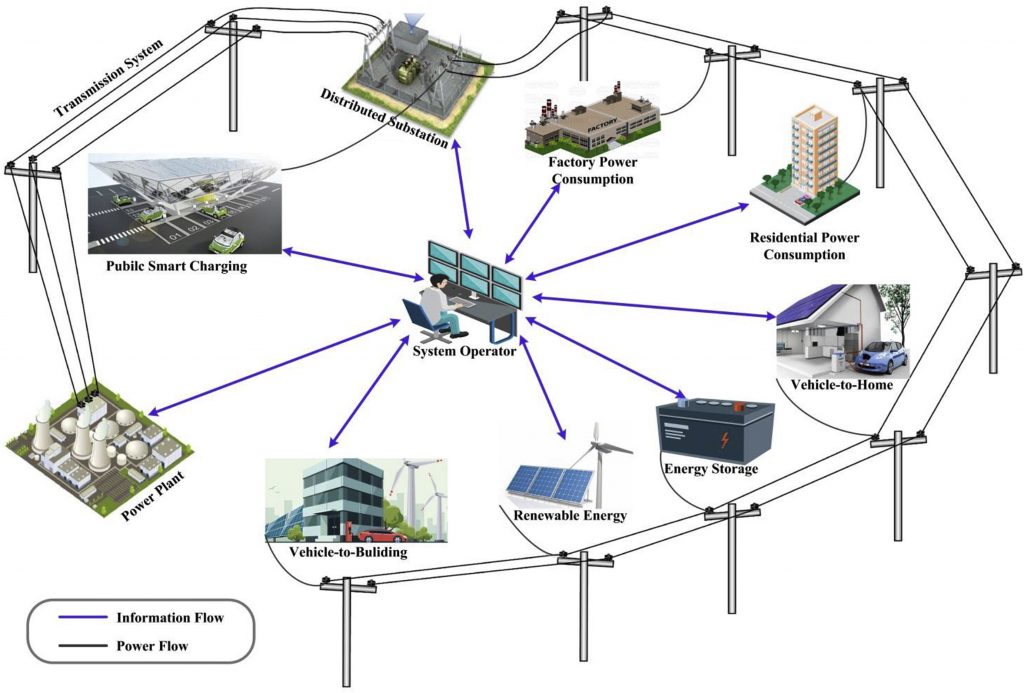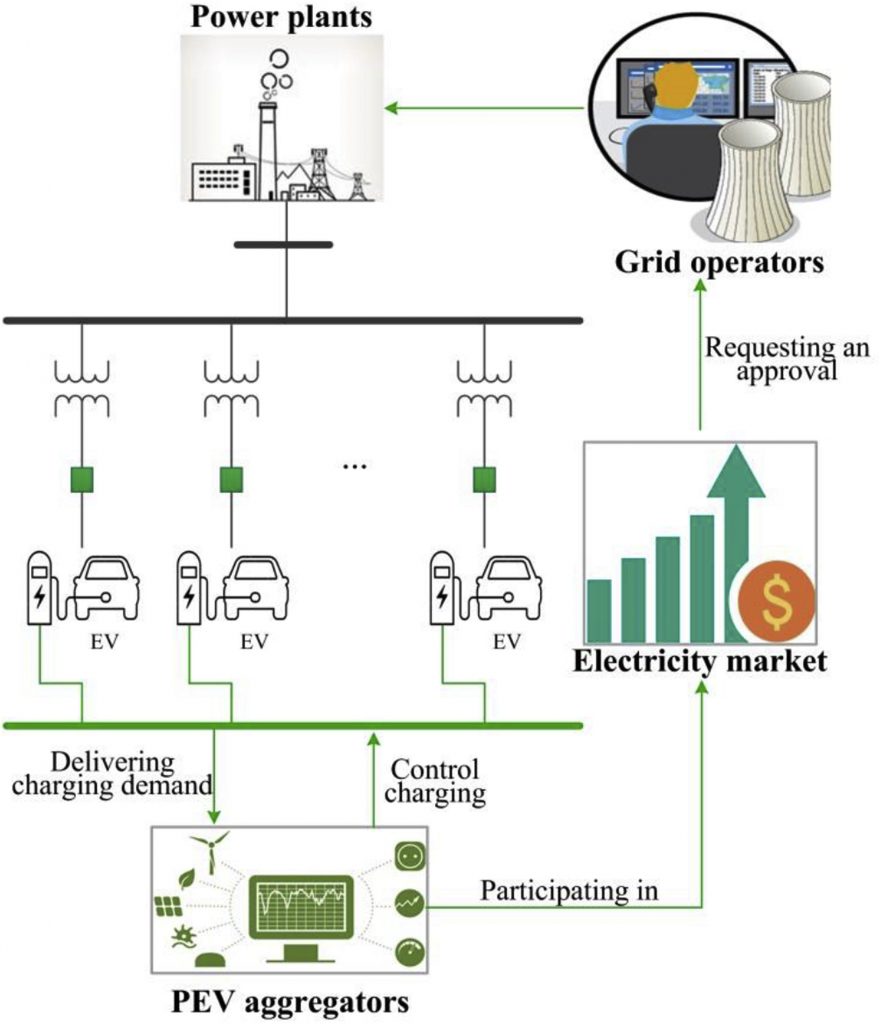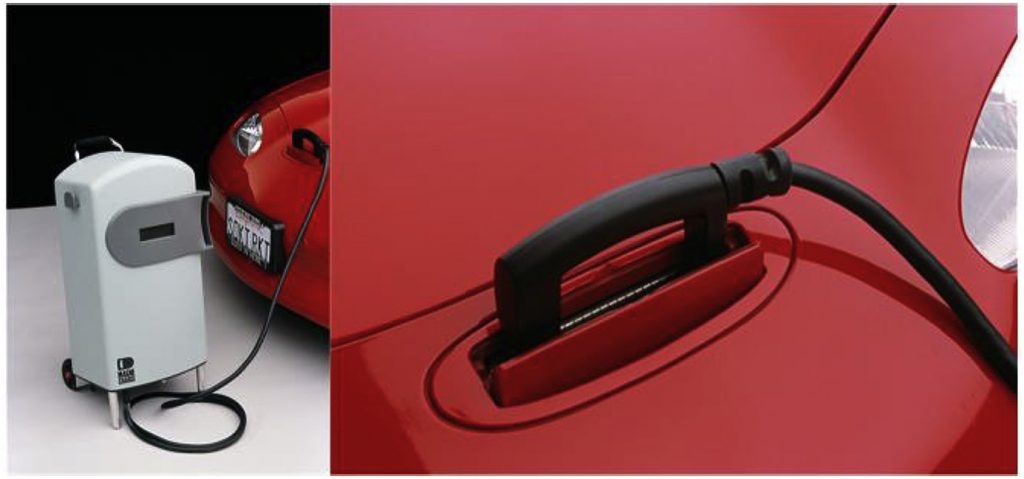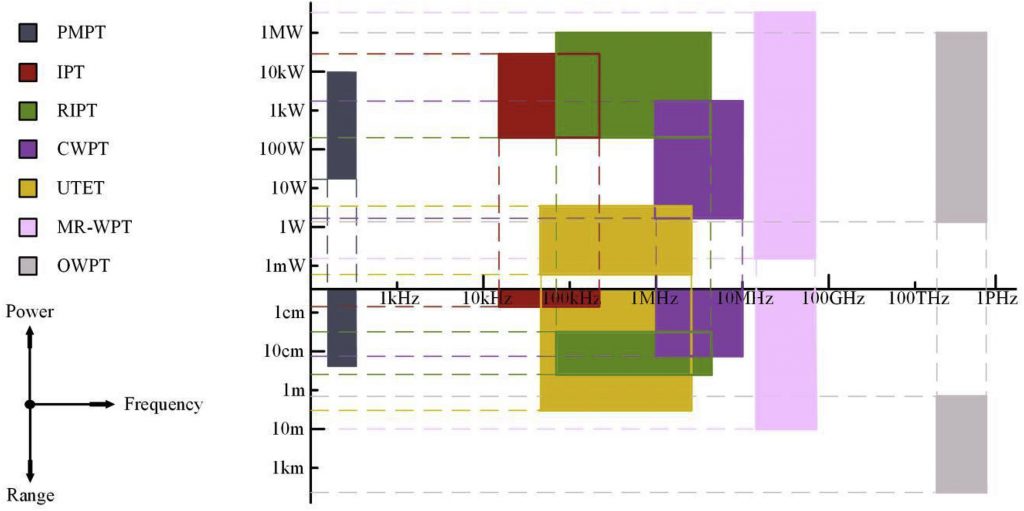With the increased uptake of electric vehicles across the globe and their potential integration into smart electrical grids, cities and countries are grappling with the challenges associated with this increase in electricity use and solving the environmental problems of tomorrow at the same time.
Recently, Associate Professor of the Department of Electronic and Electrical Engineering (EEE) at Southern University of Science and Technology (SUSTech) Jian Linni has led his research team to make excellent studies in the vehicle to grid (V2G) technology and the wireless electric vehicle charging (WEVC) technology. His research team has published two academic papers in succession in Renewable and Sustainable Energy Reviews (IF = 10.556), the worldwide top journal in energy conversion and management.
Due to the deterioration of the global environment and the depletion of fossil fuels, the electrification of transportation is a promising way to achieve the sustainable development of the transportation sector. More and more automotive manufacturers have started developing their electric vehicle (EV) products. With the right policy incentives and technological advancements, the EV market is expected to usher in a strong growth in the coming decades. However, this will also result in serious impacts on the generation, transmission & distribution of electricity. It has been demonstrated that coordinated charging and discharging of EVs can provide an effective and economic solution to integrate these additional charging loads into power grids. V2G technology is the technical prerequisite to attain the friendly bidirectional energy exchange between EVs and grids for smart charging.
V2G technology, simply speaking, regards the power battery of electric vehicle as a distributed power source in the power grid, and feeds back energy to the power grid through inversion technology at the peak of power consumption. Equally, at the trough of power consumption, the power grid charges the electric vehicle, thus realizing the friendly energy interaction between the electric vehicle and the power grid.

One paper, entitled “Integrating plug-in electric vehicles into power grids: A comprehensive review on power interaction mode, scheduling methodology and mathematical foundation,” comprehensively reviewed the power interaction mode between EVs and grids, and the scheduling methodology for the V2G implementation. The paper examined several different power interactions, along with both centralized and decentralized V2G approaches. They also highlighted the previous lack of attention paid to algorithms seeking to optimize the scheduling strategy of EVs. To this end, the paper provided the mathematical foundation for the optimal V2Gg strategy, and new insights for its evaluation.

SUSTech is the first affiliation of this paper, and Associate Professor Jian Linni is the only corresponding author. The first author of this article is research assistant Zheng Yanchong, with postgraduate student Niu Songyan and the PhD candidate Shang Yitong also making important contributions to this paper.
Original article – https://doi.org/10.1016/j.rser.2019.05.059
The second paper was entitled “The state-of-the-arts of wireless electric vehicle charging via magnetic resonance: principles, standards and core technologies.” With the widespread adoption of electric vehicles, there is a pressing need to solve their charging problems. Dispensed with awkward plugs and wires, WEVC technology realizes power transmission via magnetic field without electrical contact. It is safe, reliable and user-friendly and has thus become more attractive in recent years.

Associate Professor Jian Linni’s research group comprehensively reviewed the current state of wireless charging. To shed light on the design of a fully-functional wireless charging system, they also reported the latest progress of corresponding auxiliary technologies, including parking alignment, magnetic shielding and foreign object detection. Moreover, a comparative study is conducted among the latest industry standards related to WEVC.

SUSTech is the first affliction of this paper. Associate Professor Jian Linni is the corresponding author. The first author of this article is postgraduate student Niu Songyan. SUSTech undergraduates Xu Haiqi and Sun Zhirui also made important contributions to this paper.
The related research work of these two papers has been supported by the projects of National Natural Science Foundation of China, Natural Science Foundation of Guangdong Province and the Science and Technology Innovation Committee of Shenzhen.
Original article – https://doi.org/10.1016/j.rser.2019.109302
Proofread ByXia Yingying
Photo ByDepartment of Electrical and Electronics Engineering